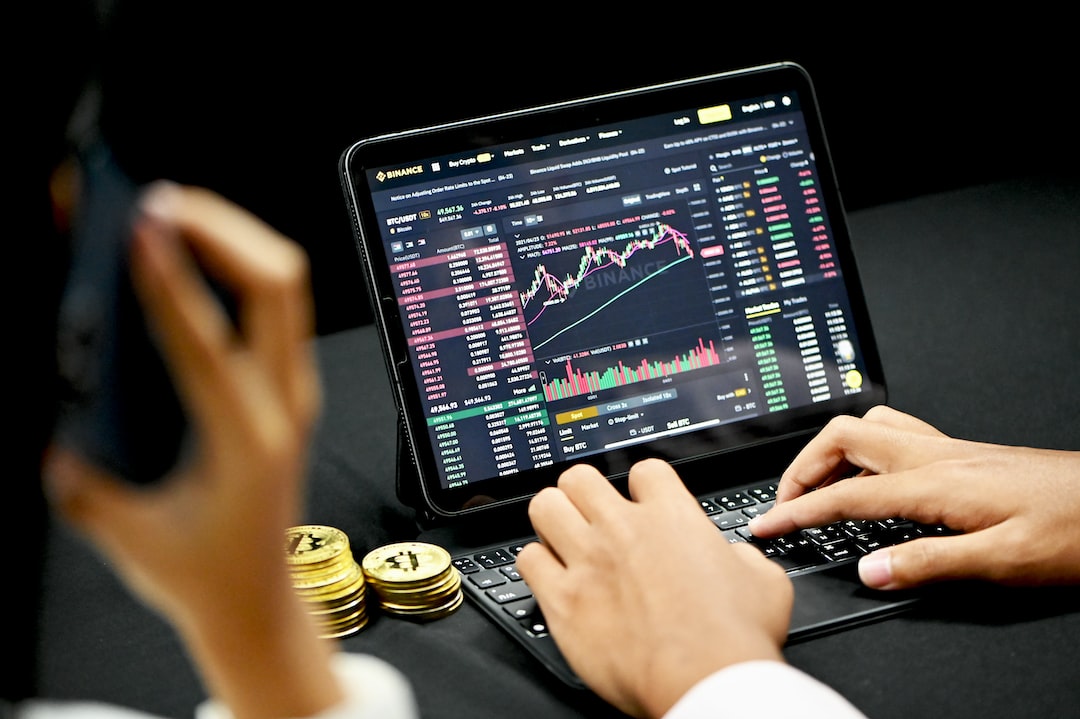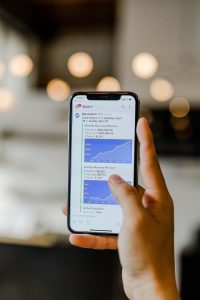Forex, or foreign exchange, trading involves buying and selling currencies in the global market. With over $5 trillion traded daily, Forex is the largest financial market in the world. However, with great potential for profits comes great risk. Forex risk is the possibility of losing money due to changes in currency value. In this article, we will discuss Forex risk and how to calculate it using a formula.
Types of Forex Risk
There are different types of Forex risks that traders face. Some of the common Forex risks are:
1. Exchange Rate Risk: This is the risk of losing money due to changes in currency values. Exchange rates are influenced by various economic and political factors, making them volatile and unpredictable.
2. Interest Rate Risk: This is the risk of losing money due to changes in interest rates. Interest rate changes can affect the value of a currency, making it more or less attractive to investors.
3. Credit Risk: This is the risk of losing money due to the default of a counterparty. Forex trading involves dealing with multiple parties, including brokers and banks, which increases the risk of counterparty default.
4. Liquidity Risk: This is the risk of losing money due to the inability to sell or buy a currency at a desired price. Liquidity can be affected by various factors, including economic events and market conditions.
Calculating Forex Risk
To calculate Forex risk, traders use a formula that takes into account the potential loss and the probability of that loss occurring. The formula is as follows:
Risk = (Trade Size x Stop Loss x Pip Value) / Account Currency Value
Let’s break down each component of the formula:
1. Trade Size: This refers to the size of the position that a trader takes. It is usually measured in lots, with one lot equivalent to 100,000 units of the base currency.
2. Stop Loss: This is the price at which a trader will exit a trade if the market moves against them. It is expressed in pips, which is the smallest unit of measurement in Forex.
3. Pip Value: This refers to the value of one pip in the currency of the trading account. Pip value is calculated by dividing one pip by the exchange rate of the currency pair.
4. Account Currency Value: This is the value of the trading account in the currency of the account.
Let’s look at an example to see how the formula works in practice:
Suppose a trader takes a position of one lot in EUR/USD, with a stop loss of 50 pips and an account currency value of $10,000. The current exchange rate is 1.2000, which means that one pip is worth $10.
Trade Size = 1 lot
Stop Loss = 50 pips
Pip Value = $10
Account Currency Value = $10,000
Risk = (1 x 50 x $10) / $10,000
Risk = $5
In this example, the potential loss is $5, which represents 0.05% of the account value. This means that if the trader loses this trade, the account value will reduce by 0.05%.
Managing Forex Risk
Managing Forex risk is crucial to the success of a trader. Here are some tips for managing Forex risk:
1. Use Stop Loss: Always use a stop loss to limit potential losses. A stop loss is a predetermined level at which a trader will exit a trade if the market moves against them.
2. Diversify: Diversify your portfolio by trading different currency pairs and using different trading strategies.
3. Use Risk Management Tools: Use risk management tools like trailing stops and limit orders to manage risk.
4. Monitor Economic and Political Events: Keep track of economic and political events that can affect the currency markets. This will help you make informed trading decisions.
Conclusion
Forex trading is a high-risk, high-reward market. Understanding Forex risk and how to calculate it is essential for traders looking to succeed in the Forex market. By using the formula discussed in this article and following the tips for managing Forex risk, traders can minimize their potential losses and maximize their profits.





